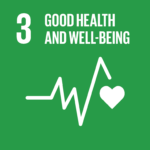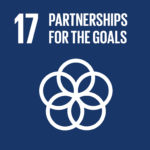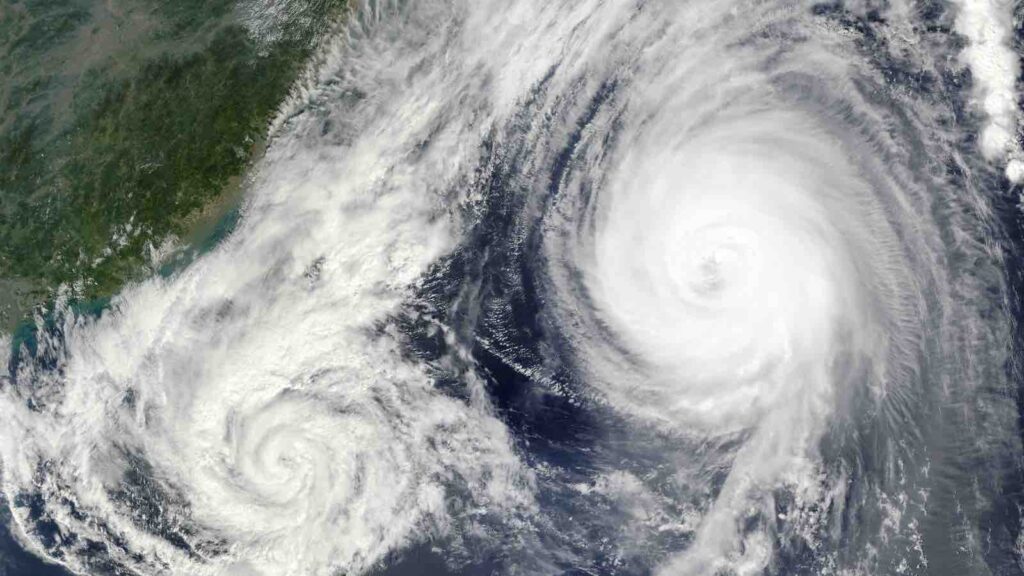The devastating effects of Typhoon Yagi serve as a sobering reminder of the increasing frequency and intensity of climate-related disasters in Southeast Asia.
Southeast Asia is reeling from the destruction caused by Typhoon Yagi, the most powerful storm to hit the region this year. Torrential rains and catastrophic landslides have affected nearly 6 million children across Vietnam, Myanmar, Laos, and Thailand, leaving communities devastated and cutting off access to essential services like clean water, education, healthcare, and food. Already marginalized populations have been pushed deeper into crisis as homes and infrastructure lie in ruins.
RELEVANT SUSTAINABLE GOALS




“The most vulnerable children and families are facing the most devastating consequences of the destruction left behind by Typhoon Yagi,” said June Kunugi, UNICEF Regional Director for East Asia and Pacific. “The immediate priority must be to restore the essential services that children and families so critically depend on, including clean water, education, and healthcare.”
Vietnam: The Hardest Hit
Vietnam, bearing the brunt of Typhoon Yagi’s fury, is facing a humanitarian disaster. The storm has left 3 million people without access to safe drinking water and sanitation, greatly increasing the risk of waterborne diseases. Among the most affected are 2 million children, who have been cut off from their schools, psychosocial support, and school feeding programs—critical services that sustain education and well-being for vulnerable children.
Over 850 schools and more than 550 health centers have been damaged, primarily in Vietnam, with damage assessments still underway. The combination of seasonal rainfall and Typhoon Yagi’s unprecedented deluge has left rivers overflowing and triggered deadly landslides, sweeping away homes and infrastructure.
Myanmar: A Double Burden
In Myanmar, the situation is dire, with Typhoon Yagi compounding an already critical humanitarian crisis exacerbated by ongoing conflict. More than 170 people have lost their lives, and over 320,000 individuals have been displaced. The typhoon caused major damage to road networks, telecommunications, and electricity infrastructure, further isolating communities already struggling with displacement and insecurity.
The conflict-affected regions, already experiencing significant humanitarian needs, now face even greater challenges in accessing food, water, and medical care. The destruction of infrastructure adds to the burden of displacement, making relief efforts more difficult and heightening the vulnerability of the displaced, particularly children.
Thailand and Laos: Floodwaters Disrupt Lives
Northern Thailand has also been heavily impacted, with floods affecting nearly 64,000 children. Many schools have been completely destroyed, forcing teachers to resort to online learning or deliver lessons and materials to students’ homes. The physical damage to schools has disrupted the academic year and left thousands of children without access to education.
In Laos, eight provinces have been ravaged by floods, affecting an estimated 60,000 children. The destruction of essential infrastructure, including roads, schools, and health facilities, has left communities struggling to recover. Already grappling with the impacts of climate change, these communities are now facing even greater challenges as their livelihoods and access to basic services are threatened.
UNICEF’s Emergency Response
In response to the devastation, UNICEF and its humanitarian partners have mobilized to deliver urgent relief to the hardest-hit areas across Southeast Asia. Emergency supplies, including safe drinking water, hygiene materials, nutritional supplements, and medical kits, are being distributed to families in need. Mental health support, along with learning and recreational materials, is also being provided to help children regain a sense of normalcy.
“Our focus is on ensuring that children are safe, healthy, and able to continue learning even in these most challenging circumstances,” said Kunugi. UNICEF is committed to child-focused recovery efforts as floodwaters recede, working with local and international partners to rebuild schools and health centers and restore vital services.
The devastating effects of Typhoon Yagi serve as a sobering reminder of the increasing frequency and intensity of climate-related disasters in Southeast Asia. Children in the region are now facing climate and environmental hazards six times more often than previous generations. These overlapping threats are eroding children’s resilience, deepening inequalities, and jeopardizing their futures.
“The surge in extreme weather events in Southeast Asia, exacerbated by climate change, is a sad reminder that when disasters hit, vulnerable children often pay the highest price,” Kunugi added.
As the region continues to confront the impacts of climate change, the need for coordinated, long-term solutions has never been more urgent. While relief efforts are critical in the immediate aftermath of Typhoon Yagi, sustained international attention and support are essential to building a future where children are not at the mercy of increasingly severe climate events.
With the storm’s aftermath still unfolding, millions of children and families in Southeast Asia remain in need of urgent aid—and the world’s attention.
You may also be interested in :
Typhoon Bebinca and Super Typhoon Yagi Devastate Asia, Highlighting Growing Climate Vulnerabilities




